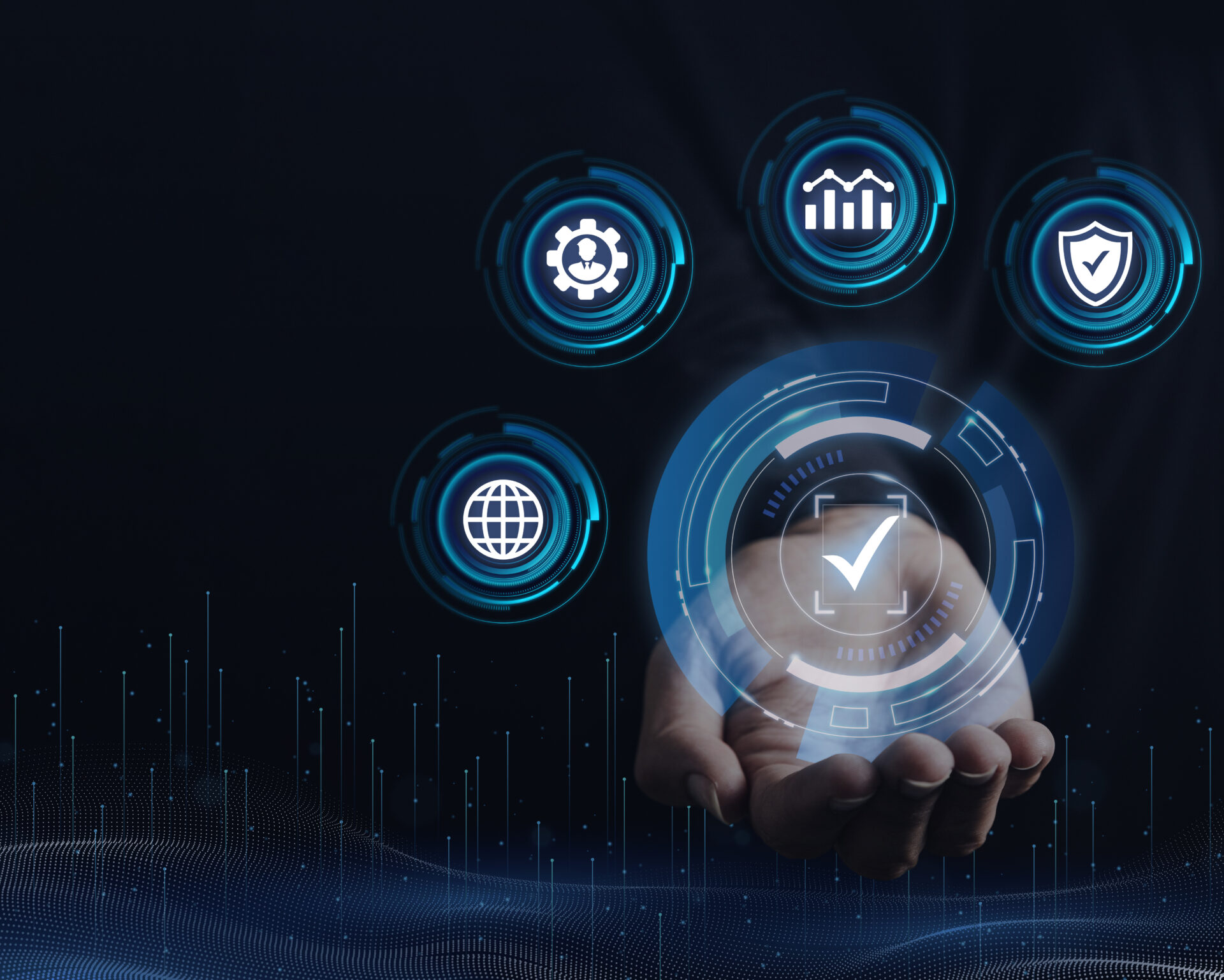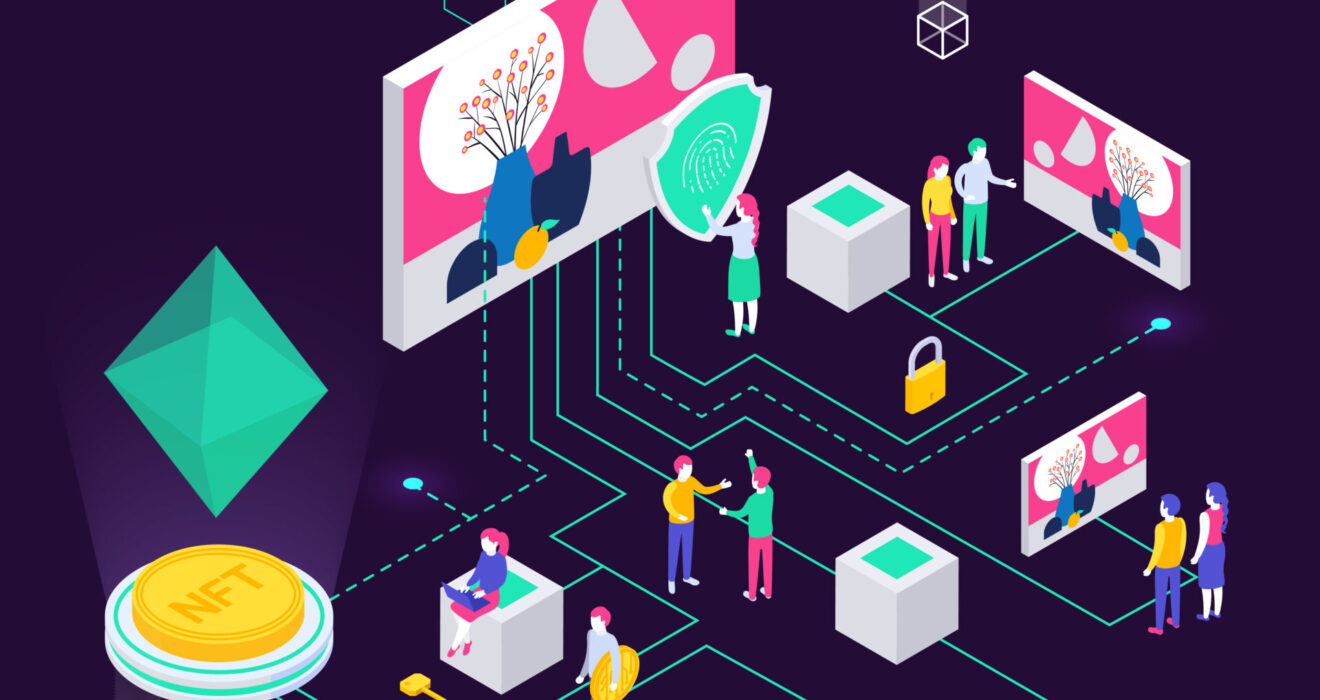Integrating Blockchain with Legacy Systems: Challenges and Solutions
Key Challenges in Integrating Blockchain with Legacy Systems
Data Migration and Conversion Challenges
One of the primary challenges in integrating blockchain with legacy systems is the migration and conversion of data from traditional formats to blockchain-compatible formats. IT consulting firms offering cybersecurity, cloud computing, and managed IT services must ensure data security and compatibility while providing reliable IT support, software development, and network security as part of comprehensive IT solutions.
Legacy System Constraints and Limitations
Legacy systems often operate on outdated technologies and may lack the flexibility and scalability required for seamless integration with blockchain, posing constraints and limitations that need to be addressed.
Integration Complexity and Cost Factors
Integrating blockchain with legacy systems can be complex and resource-intensive, requiring careful planning, expertise, and investment to overcome technical challenges and ensure successful implementation within budget constraints.

Security Concerns and Regulatory Compliance

Data Security Risks and Vulnerabilities
Integrating blockchain with legacy systems raises security concerns related to data breaches, unauthorized access, and cyber threats, necessitating robust security measures. IT consulting providers must prioritize cybersecurity, data security, and network security while delivering managed IT services, cloud computing, software development, and IT support as part of their comprehensive IT solutions and IT services.
Compliance with Data Protection Regulations
Ensuring compliance with data protection regulations such as GDPR and HIPAA is essential when integrating blockchain with legacy systems to maintain legal and regulatory requirements, protect user privacy, and uphold data integrity.
Legacy System Compatibility and Interoperability
Assessing Legacy System Architecture
Understanding the architecture and components of legacy systems is crucial for assessing compatibility with blockchain technology, identifying integration points, and determining the feasibility of interoperability.
Ensuring Seamless Interoperability with Blockchain
Achieving seamless interoperability between legacy systems and blockchain involves bridging technological gaps, aligning data structures, and implementing middleware solutions to facilitate communication and data exchange. IT consulting companies offering IT services, software development, and cloud computing must also address data security, network security, and cybersecurity while delivering managed IT services, IT support, and tailored IT solutions to enhance operational efficiency.

Strategies for Successful Integration
Gradual Migration and Phased Approach
When it comes to integrating blockchain with legacy systems, slow and steady wins the race. Instead of trying to do a complete overhaul overnight, consider a gradual migration process. This phased approach allows for smoother integration, minimizes disruption, and gives stakeholders time to adapt to the changes.
Collaboration with IT and Blockchain Experts
Don’t go at it alone! Collaboration is key to successful integration. Engage with IT professionals who understand your legacy systems inside out, as well as blockchain experts who can provide valuable insights and guidance. By working together, you can navigate the challenges more effectively and ensure a successful integration.
Case Studies: Successful Blockchain Integration Projects
Real-world Examples of Integration Success
Explore real-life case studies of organizations that have successfully integrated blockchain with their legacy systems. These examples offer valuable insights into the challenges faced, strategies used, and benefits achieved—highlighting how IT consulting, software development, and managed IT services, along with strong data security, cybersecurity, cloud computing, and IT support, contribute to effective IT solutions and comprehensive IT services.
Lessons Learned and Best Practices
Learn from the experiences of others! Discover the lessons learned and best practices gleaned from successful blockchain integration projects. Understanding what worked well and what didn’t can help inform your integration strategy and set you up for success.
Future Trends and Considerations
Emerging Technologies Impacting Integration
Stay ahead of the curve by exploring emerging technologies that could impact blockchain integration with legacy systems. From AI to IoT, understanding how these technologies intersect with blockchain can help you future-proof your integration efforts.
Scalability and Sustainability in Integrated Systems
As your integrated systems grow, scalability and sustainability become crucial considerations. To meet future demands, organizations must leverage IT consulting, cloud computing, and software development, supported by managed IT services and IT support, while ensuring optimal performance, cost-efficiency, and resource utilization through robust IT solutions that prioritize data security, network security, and overall cybersecurity.
Conclusion and Recommendations
Summary of Key Findings
In conclusion, integrating blockchain with legacy systems presents both challenges and opportunities. From gradual migration to collaboration with experts, the key lies in careful planning and execution. Summarize the key findings from this article to guide organizations embarking on integration efforts.
Recommendations for Organizations Planning Integration Efforts
For organizations planning blockchain integration with legacy systems, the recommendations are clear: take a phased approach, collaborate effectively, learn from successful case studies, stay updated on emerging trends, and prioritize scalability and sustainability. IT consulting services play a vital role in guiding this transformation, supported by cloud computing, software development, and managed IT services to ensure a smooth transition. Focusing on cybersecurity, data security, and network security is essential to protect sensitive information throughout the integration process. Reliable IT support and tailored IT solutions are also crucial to maintaining operational efficiency and minimizing disruption during implementation. By understanding the challenges and leveraging comprehensive IT services, organizations can fully harness blockchain’s potential while strengthening their existing legacy systems.



